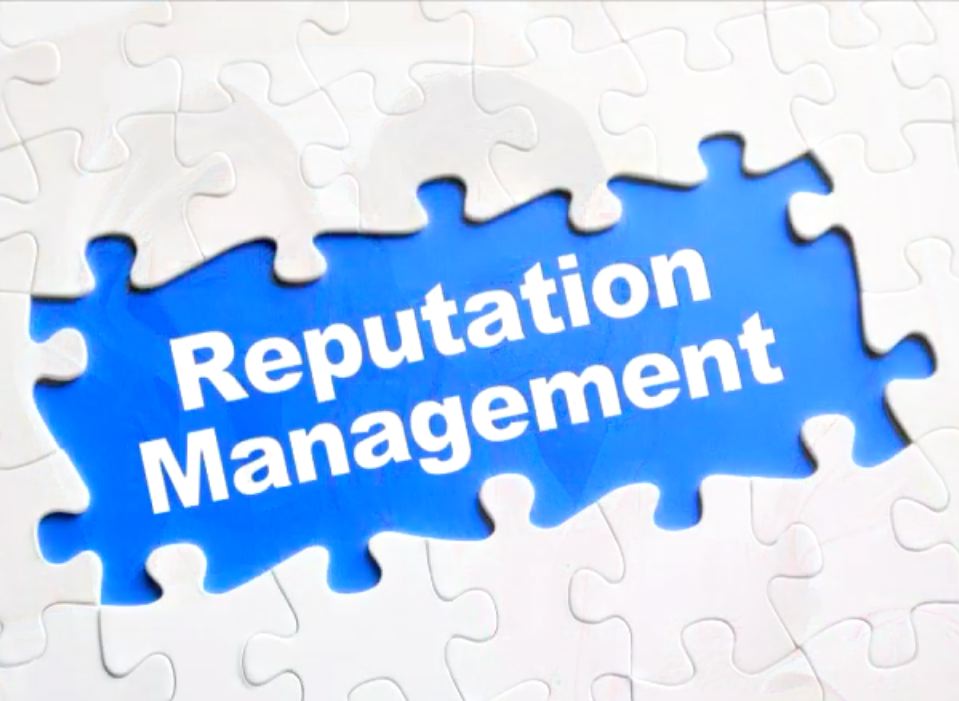Most companies will never experience a PR or reputation crisis on the order of a BP or Toyota. That’s the good news. But in the digital age, the drip-drip-drip of customer complaints, employee dissatisfaction, or competitive attacks can erode a brand’s good standing over time. That where the right blend of customer care, PR and reputation management, and SEO come in. Working together, they help safeguard brand reputation from minor problems that become major issues. Here are some tangible steps to advance that goal.
Shore up customer service
Today, customer service and public image are blurred, in part because it’s so easy to share gripes online. Note that United Airlines’ inadvertent use of a fill-in-the-blank letter in response to a complaint made the Twitter rounds instantly. Harmless, but a wasted opportunity to make a connection. Examples like the Comcast viral phone call can reinforce a negative reputation or erode a positive one. A robust and accessible customer service function, by contrast, can discourage disgruntled consumers from taking to Yelp.
Have a clear complaint escalation policy
It’s vital to determine in advance where to bend – or not – when it comes to unhappy customers. In some cases, a brand may opt to stick to its guns to avoid setting an undesirable precedent; in others, complaints may be escalated for prompt resolution. Either way, a clear policy will maximize the benefit and minimize employee stress and customer uncertainty. A user may not get the answer they want, but a firm response is better than letting frustration simmer.
Either way, reply promptly to any complaints or problems
Even if you cannot make everyone happy, complaints should be answered, offline, if possible. The exception is an anonymous troublemaker or troll whose only goal appears to be spreading gossip or innuendo.
Conduct a reputation audit
Regularly. Make sure the tools and technology is in place for early-warning about complaints or criticisms. Don’t forget employee forums like Glassdoor and Indeed.com, and be sure to check industry-specific review sites, including those that are private. Those results may not come up in a search, but they’re bound to influence prospective customers, employees and partners. Many tools are free, so this one’s a no-brainer.
Take basic SEO steps
Claim all your corporate profiles. Make sure all logical variations on the company website are owned by the brand. Have a basic content marketing program in place to ensure that fresh, keyword-driven material supports the brand position in search results.
Build allies before you need them
Frequent customer reward programs, newsletters, or affinity groups offer many advantages for proactive relationship building. But they can also be strong defensive tools. In case of an attack or reputation threat on digital media, it’s enormously helpful to have advocates.
Study the past
Most reputation threats aren’t bolts from the blue. According to a study by the Institute for Crisis Management, sixty-five percent of business crises are “smoldering,” defined as a “slow burn” situation either ignored or covered up over time. Many so-called crisis situations are theoretically predictable, and they often recur.
Plan for the most likely reputation threats
Identify the top five most common threatening situations and devise a plan for each, with a clear chain of authority for response and management. A detailed crisis plan may be useful for a smoldering situation, but given the pace of change, it’s more important to designate a strong leader and identify basic steps for escalating and managing complaints or attacks.

